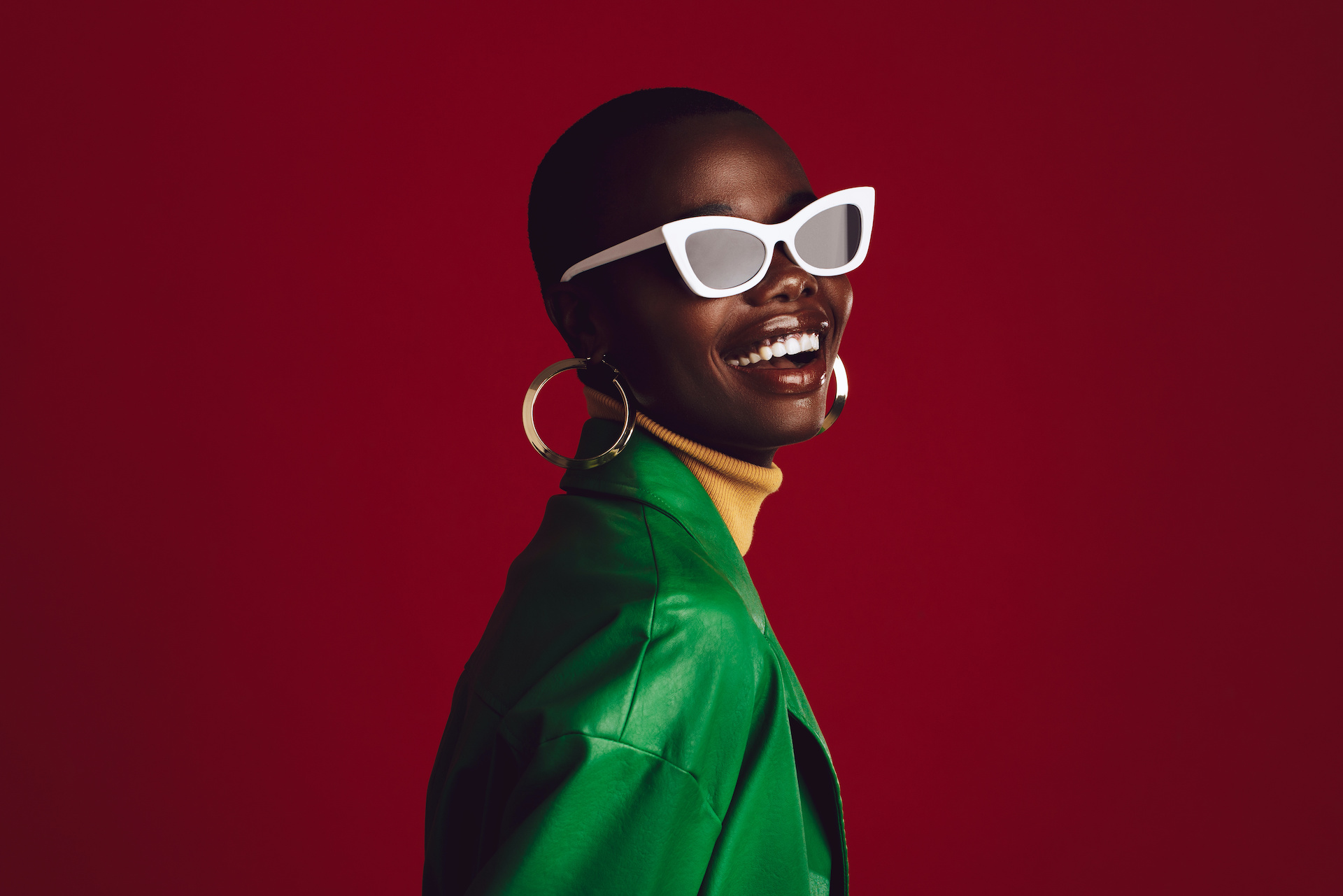Does influencer marketing work? If influencer marketing has a real, tangible ROI, then of course brands would be happy to pay for it. Yet, many business owners wonder if influencer marketing is worth the time and investment.
Here’s a look at what to expect and how to succeed at influencer marketing.
What are influencers?

Influencers are people and organizations who have an assumed expert level of knowledge or social influence in their field and those who have built a reputation for their knowledge and expertise on a specific subject matter.
Influencers often have a large social media following. However, there are different classifications of influencers based on the size of their following across social media platforms.
An influencer’s reach based solely on audience size can be grouped into the following categories:
- Nano Influencer – less than 10,000 followers
- Micro Influencer – 10,000 to 15,000 followers
- Regular Influencer – 15,000 to 50,000 followers
- Rising Influencer – 50,000 to 100,000 followers
- Mid Influencer – 100,000 to 500,000 followers
- Macro Influencer – 500,000 to 1,000,000 followers
- Mega Influencer – more than 1,000,000 followers
“More than 75% of brand marketers intend to dedicate a budget to influencer marketing in 2022.” The overall marketing budget, product or service, target audience, desired reach, and preferred social platform will impact the type of influencers a company chooses for a campaign.
Influencers influence purchase behavior
Influencer marketing is powerful because it allows companies to leverage an influencer’s relationship with their audience. Think of influencers like your favorite celebrity from a hit TV series. Influencers are well-known and convey a level of relatability that allows them to build emotional bonds with their followers – which gives their audience a front-row seat to the show.

Influencers are so magnetic, that close to 70% of internet users in the U.S. and around 60% in the UK follow them. “And whether we call them Influencers or catalysts, they have a direct impact on purchase decisions for almost 1 in 5 consumers in these regions.”
Generation and gender play a key role in influencer marketing
Studies suggest Gen Z is more susceptible to influencer marketing than any other generation. In comparison to millennials, the Gen Z audience searches for different types of content. Gen Z gravitates more toward fashion and food content, while millennials are more interested in health and self-help posts.
Gender also plays a significant role in what type of influencer content resonates with an audience. Food content, for example, has widespread appeal among different age and gender groups. Male audiences gravitate toward tech, sports, and outdoor content, while female audiences consume more fashion and beauty content.
The key to successful influencer campaigns is alignment
As influencers build trust with their followers, they take on aligned brand deals to promote specific products and services. The key is alignment – between an influencer’s core values and message and what they promote.
For example, a food influencer that promotes a primarily vegan diet would not be a good fit for Sargento Cheese. The campaign messaging would confuse the audience and it would not be received well. However, that same influencer in partnership with Daiya, a plant-based foods brand with dairy-free alternatives, sharing content on how to make healthy pizza or mac and cheese would be a perfect fit.

When brands work with influencers who align with brand core values and message, an uptick in sales will likely follow.
How to work with influencers
Each brand works with influencers in a different capacity. As the market matures, influencers have become professional content creators and built businesses around their influence. Some influencers also work with talent management companies. As a result, influencers can request set rates for different types of campaigns.
Payment in exchange for sponsored content is a rule of thumb. Think of influencer marketing in relation to targeted ads with engaged audiences who would purchase your product or service, and engage with the content you create and influencers you select.
Successful influencers are offered brand deals regularly. As a result, they look for seamless alignment with brands to ensure it flows with the regular content they create. Before reaching out to influencers, research their audience and content. Consider how their audience interacts with paid vs. organic messaging. Review the style, tone, and feel of existing content. Once brand alignment is clear, it’s time to build an influencer campaign.
Strategic influencer marketing
The level of strategy and identification of key success metrics from the onset will determine if your campaign is a success or a flop.
First, select a group of core influencers and launch test campaigns for a specified time period and renew contracts with influencers that hit key performance indicators (KPIs).
Brands that work with influencers for long-term engagements build influencer and audience loyalty. This approach also gives an audience more time to get to know your brand and make a buying decision.

The budget also plays an important role in the overall strategy of influencer marketing. Larger budgets can allow brands to work with a wider team of influencers, including macro or mega influencers.
A lower budget requires focused efforts on highly targeted and niche influencers (i.e., nano and micro-influencers) with strong levels of engagement. When brands work with smaller audiences, they can benefit from less waste and clutter – ensuring marketing dollars go further.
Integrating influencer marketing with performance-based affiliate marketing to reward influencer affiliates for each visitor or customer brought by their own marketing efforts is also a viable partnership opportunity for low-budget campaigns.
Cultivate winning partnerships with industry influencers
Regardless of business size, desired audience reach, and the influencers you want to hire, to hire, the key to a successful influencer marketing campaign is to create partnerships with influencers who captivate and have built trust with your ideal customers.

According to the World Federation of Advertisers, “86% of marketers report raising brand awareness as one of the top three objectives of influencer marketing campaigns. Secondary to brand awareness is ‘reaching new or targeted audiences’ (74%), ‘improving brand advocacy’ (69%), and ‘increasing sales conversion’ (46%). If your brands align, you can build a long-term relationship that will deliver on all three.
Kellee Marlow is an Impact Entrepreneur, Business Strategist, and Motivational Speaker. She built her career by embracing disruption and identifying innovative concepts and technologies that challenged people to think differently. Kellee created a science-proven catalyst mindset, focused on empowerment, innovation, and inspiration that guides people to realize their goals. As the founder and host of Spark, on KXSF.FM and 8+ global online platforms, Kellee pinpoints and shares the underlying value of the expertise from change-makers in psychology, wellness, business, and innovation with her audience. Kellee’s expertise has been published in media outlets including MSN.com, Yahoo Lifestyle, Redbook, and more.
© YFS Magazine. All Rights Reserved. Copying prohibited. All material is protected by U.S. and international copyright laws. Unauthorized reproduction or distribution of this material is prohibited. Sharing of this material under Attribution-NonCommercial-NoDerivatives 4.0 International terms, listed here, is permitted.













